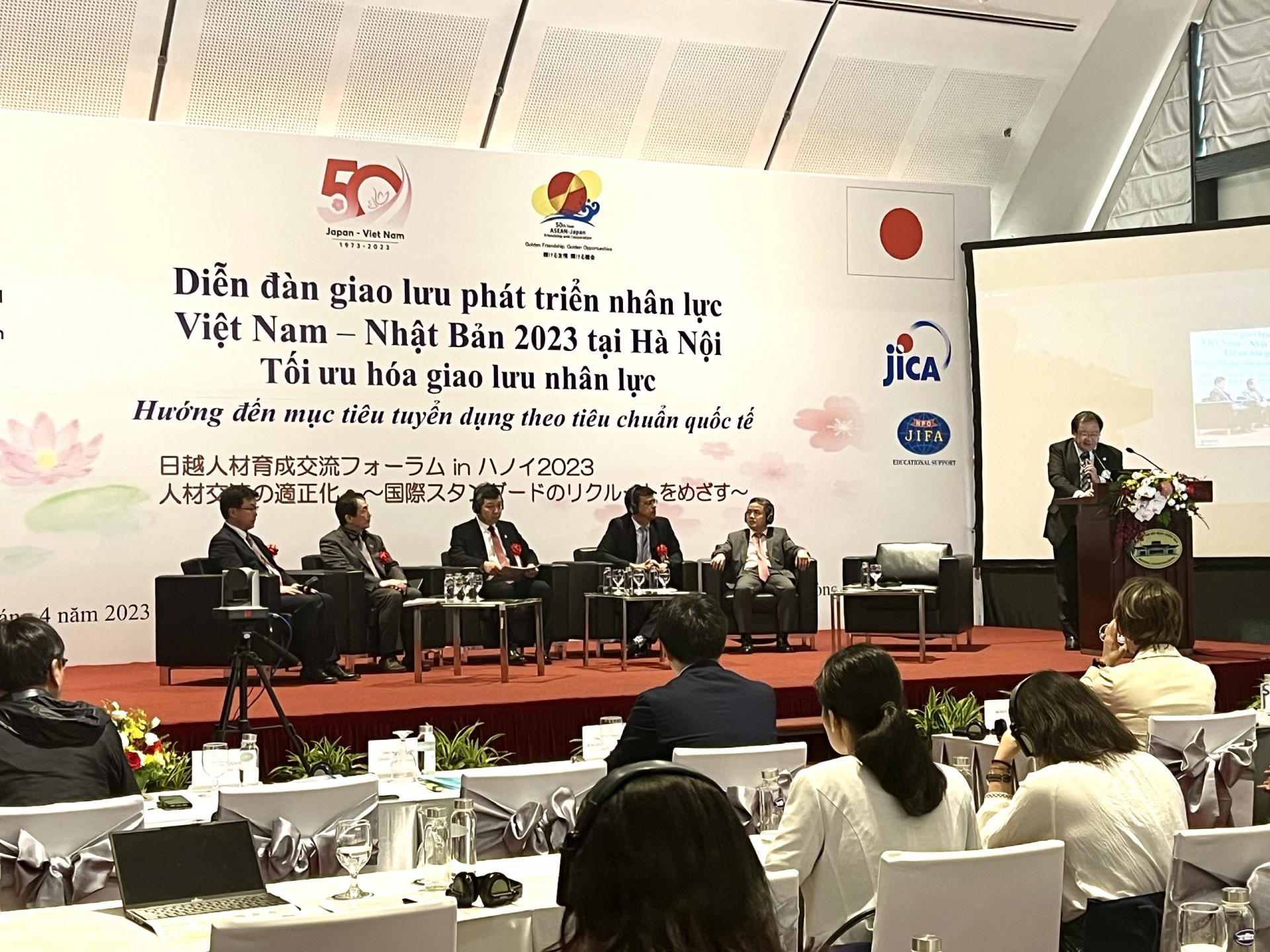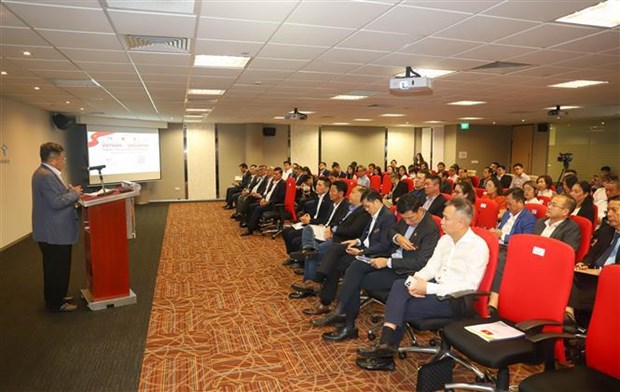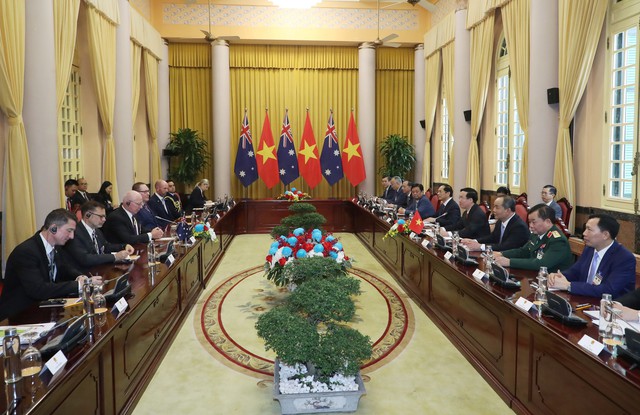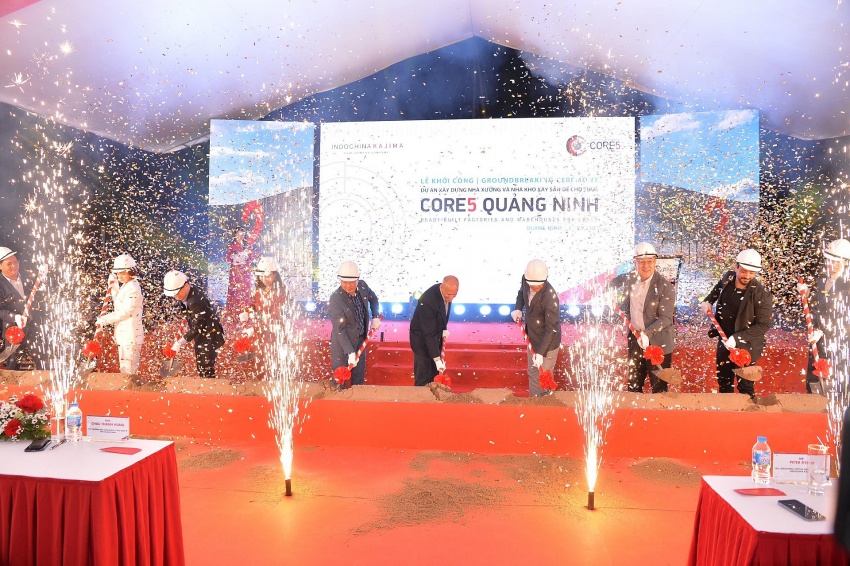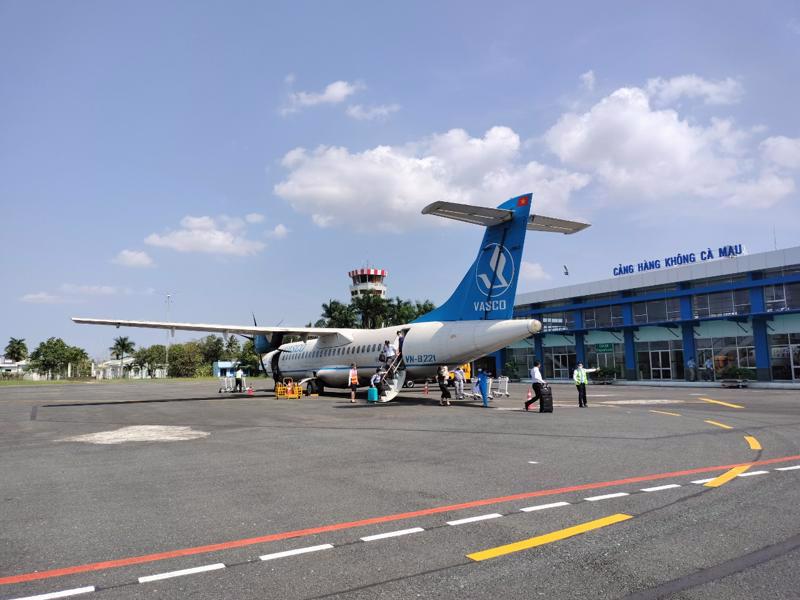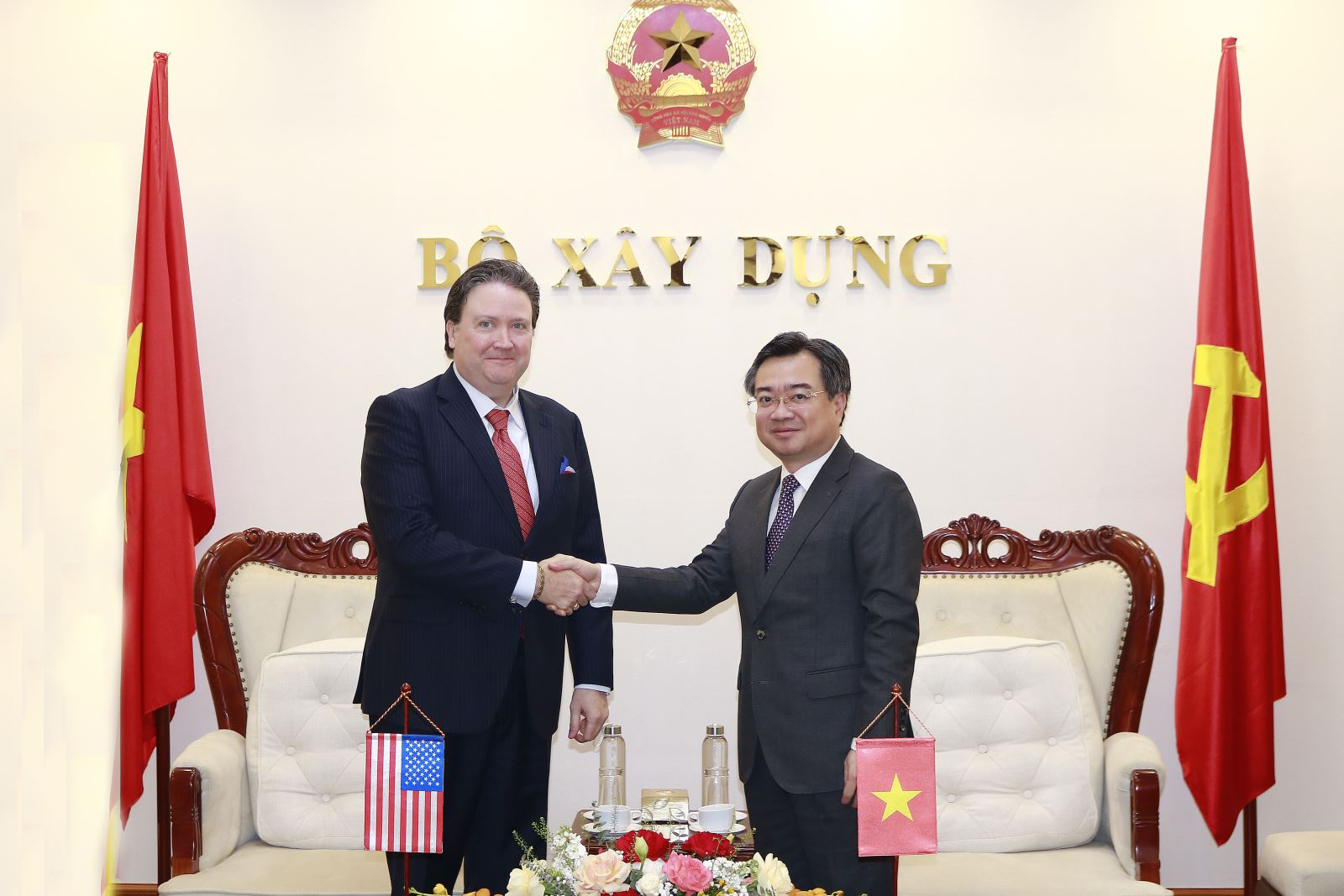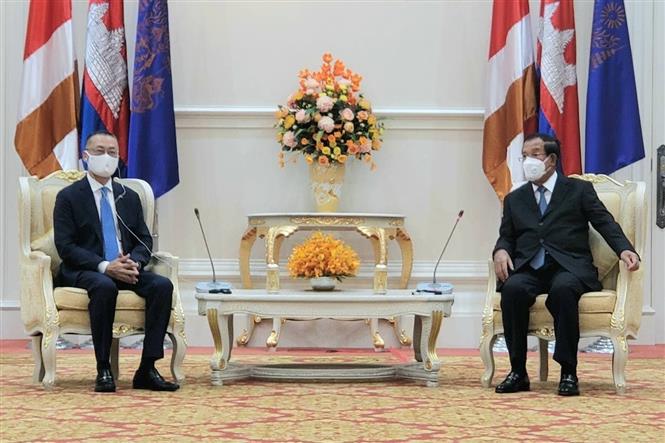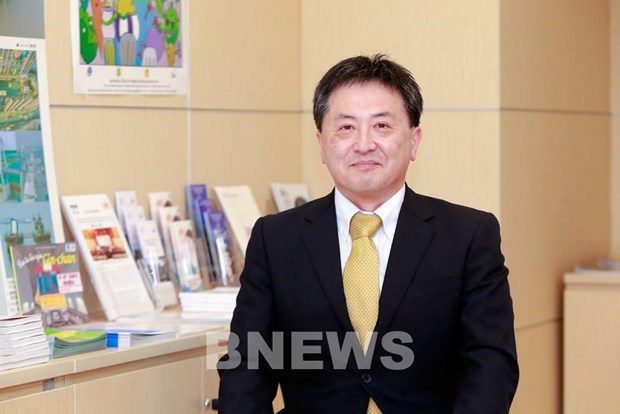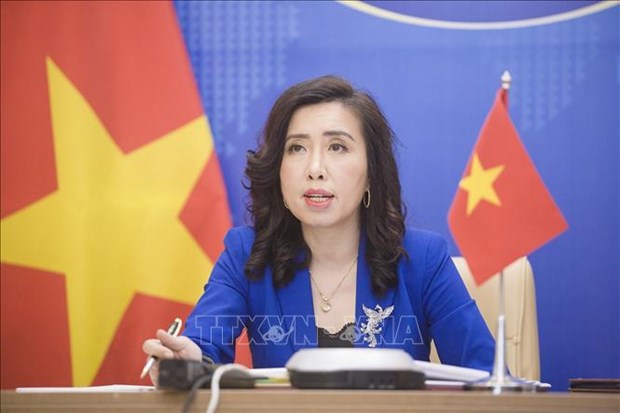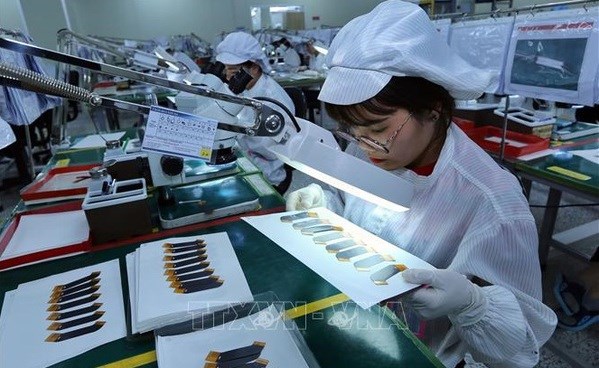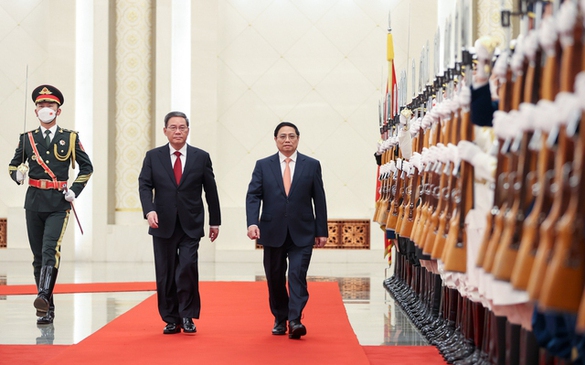Landmark year for US-Vietnam relations
The road for Vietnam and the US to officially raise their existing comprehensive partnership to a strategic one is looming large, expected to help both economies to further increase both their investment and trade ties.
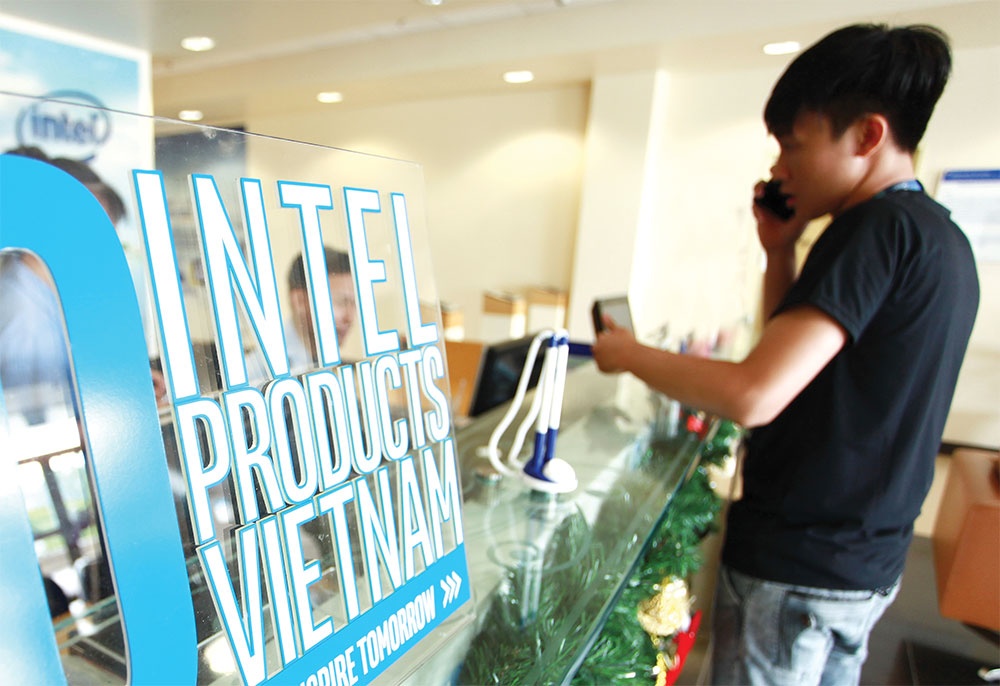
It is hoped by many quarters that Vietnam and the US will raise bilateral relations to a strategic partnership during a visit to Vietnam by US President Joe Biden or a visit to the US by a Vietnamese leader later this year, when both nations celebrate the 10th anniversary of the US-Vietnam Comprehensive Partnership.
During a phone call over a week ago, Vietnam’s Party General Secretary Nguyen Phu Trong and US President Biden both extended and accepted invitations to visit the other’s country. They agreed to further boost, develop, and sharpen the bilateral relationship “for the sake of both countries, peace, cooperation, and development”. They have assigned authorised agencies of the two nations to exchange specific contents to continue expanding ties in the coming time, according to a press release from the Vietnamese government.
“President Biden reinforced the United States’ commitment to a strong, prosperous, resilient, and independent Vietnam,” said a White House statement. “The two leaders discussed the importance of strengthening and expanding the bilateral relationship, while working together to address regional challenges such as climate change, ensuring a free and open Indo-Pacific, and the deteriorating environmental and security situation along the Mekong.”
Commenting on the possibility for both nations to forge a new cooperation framework, Carl Thayer, emeritus professor at the University of New South Wales, said, “This year presents an opportune moment to raise relations to a strategic partnership. The White House reported that the two leaders discussed the importance of strengthening and expanding the bilateral relationship, thus laying the foundation for upgrading the comprehensive partnership.”
If a strategic partnership becomes true, Vietnam and the US will issue new favourable mechanisms for enterprises from both sides to perform in their respective markets.
Accumulatively as of March 20, 2023, total US registered investment capital in Vietnam reached $11.43 billion for 1,239 valid projects, making the US the 11th biggest foreign investor in Vietnam, according to Vietnam’s Ministry of Planning and Investment.
During Prime Minister Pham Minh Chinh’s visit to the US in May 2022, enterprises from both countries exchanged many cooperation deals and trade contracts worth over $30 billion.
Many other US groups are also exploring opportunities in Vietnam, such as CFM International, Cargill, Intel, Cantor Fitzgerald, DeLong, Valero, AGP, and UPC Group. Representatives of groups like these have said that Vietnam is a dynamic market with great potential, and hope to expand their business in the country.
Steven Cranwell, CEO and regional head of Client Coveragein the Americas at Standard Chartered Bank, said, “Despite the uncertainty of global economic conditions, we remain confident in Vietnam’s outlook. The country’s business friendly atmosphere, strategic location as a gateway to other fast-growing markets, plentiful and skilled labour, competitive labour cost, and incentives have been compelling propositions to companies looking to expand their manufacturing in the region.”
Cranwell gave the example of US giant Apple. While Vietnam has yet to host an Apple plant, the country is already home to 31 companies with 160,000 workers producing and assembling parts for Apple products. Other tech companies such as Intel Corporation are also planning to increase their investments in the country. Nike is another example of a company which has expressed interest in expanding its investment and production in Vietnam.
The recent increase in the S&P Global Vietnam Manufacturing Purchasing Managers’ Index to above 50 in February is also a positive sign of its manufacturing sector’s renewed strength, Cranwell added.
Economic ties between the United States and Vietnam have flourished since the mid-1990s. “In 2022, the level of bilateral trade was more than 300 times greater than it was in 1995,” said US Ambassador to Vietnam Marc Knapper. “Last year, Vietnam was the eighth-largest trade partner for the United States. This is a far cry from when I was last here in Vietnam working at the US Embassy in 2004, when bilateral trade stood at less than $7 billion.”
Statistics from Vietnam’s Ministry of Industry and Trade showed that the Vietnam-US bilateral trade has expanded almost 250-fold, from $450 million in 1995 to $123.7 billion last year. In 2022, the US was Vietnam’s largest export market, with an estimated turnover of $109.1 billion, up 13.3 per cent on-year.
The two-way figure in the first three months of 2023 touched $23.7 billion, including Vietnam’s exports of $20.6 billion, down 21.6 per cent on-year largely due to the Lunar New Year in January.
However, according to Cranwell, while US companies are optimistic about new plans to expand into Vietnam, there are challenges to ensure this trajectory continues at pace.
“It is not uncommon to hear of companies voicing concerns that Vietnam’s infrastructure needs improvement, particularly in ports, transportation infrastructure, and logistics capabilities, for the country to continue its rate of growth,” Cranwell said. “Additionally, Vietnam’s reliance on raw materials from China may impede the diversification efforts of companies.”

